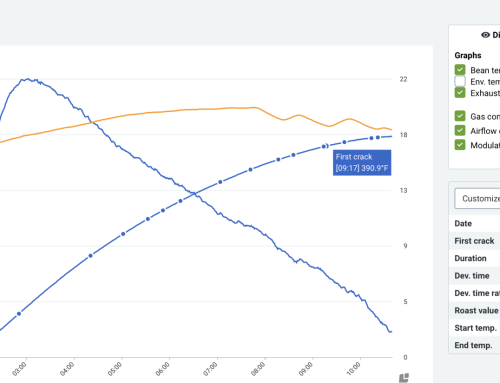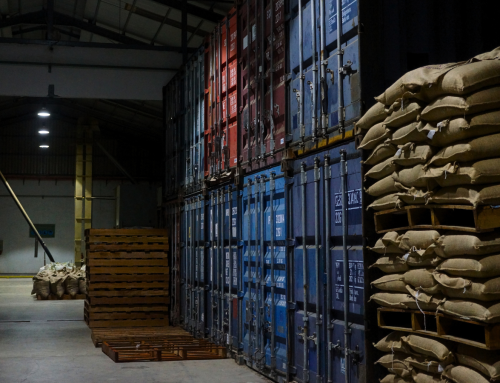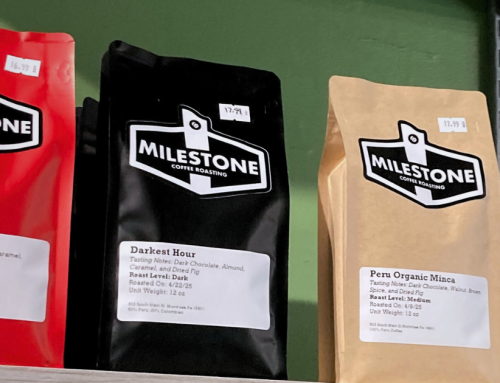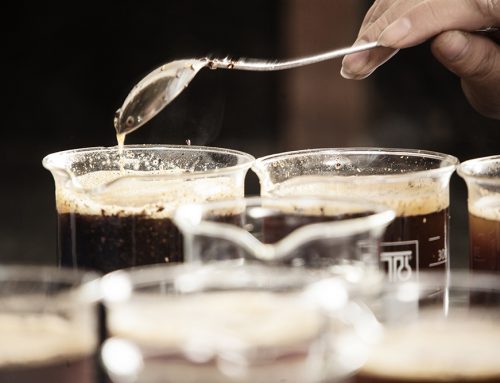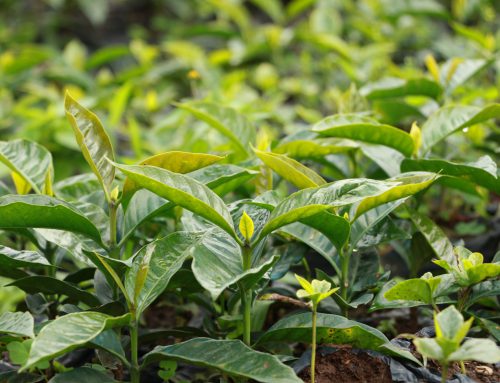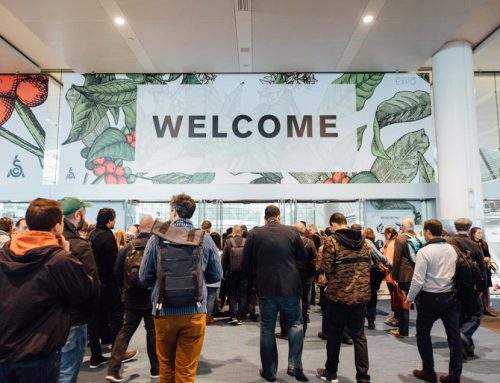Big things come in small packages. In El Salvador’s case, this modest-sized country has made a name for itself regarding its green coffee. Despite its turbulent history, El Salvador coffee enjoys a reputation for quality over quantity. This may be the key to the country’s future as a celebrated coffee origin.
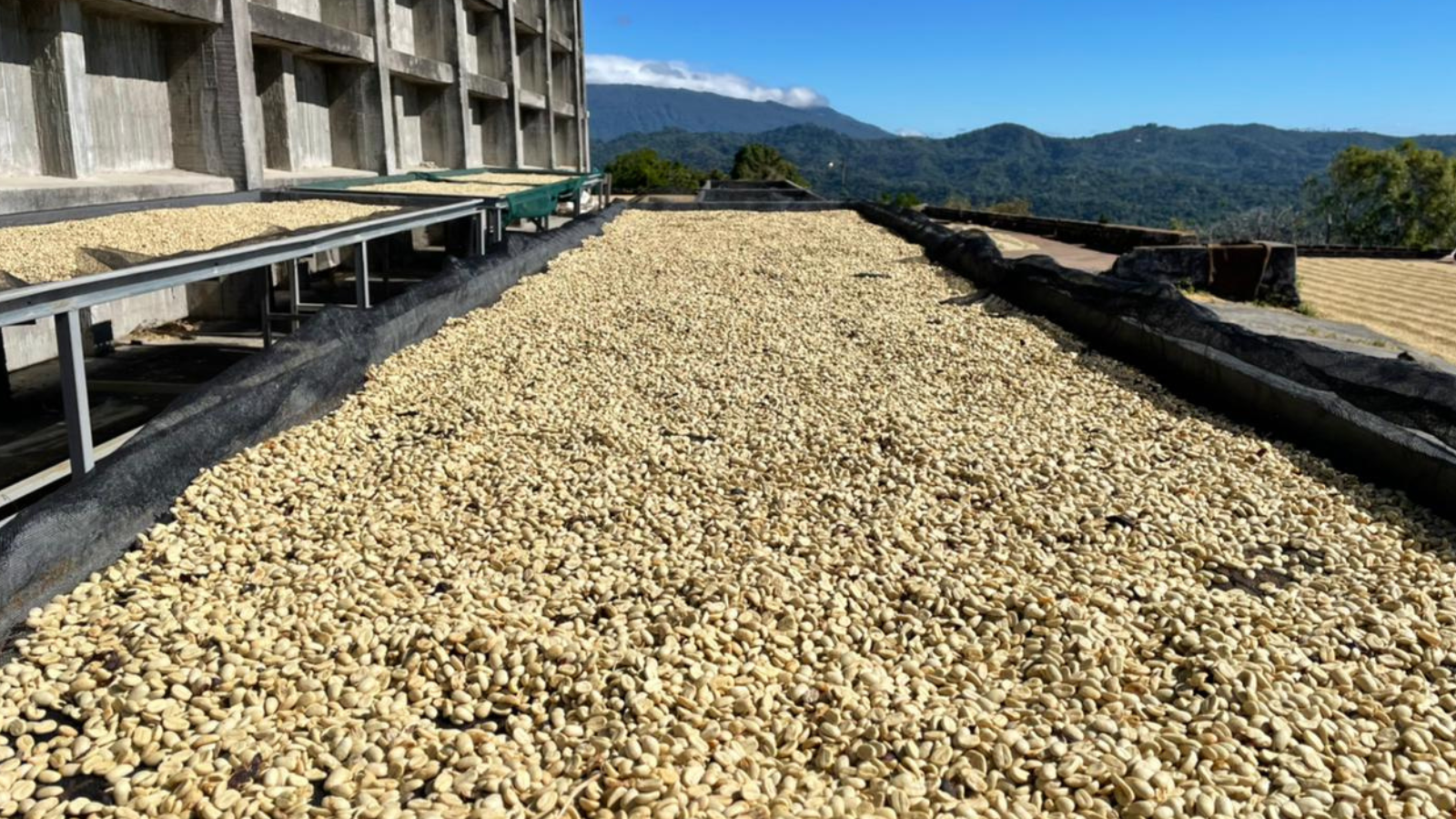
Drying green coffee on raised beds in El Salvador
El Salvador Coffee History
El Salvador might be the smallest country in Central America, but the green coffee beans renowned for their quality. And coffee production used to dominate El Salvador’s economy.
In the 1970s, El Salvador used to be the world’s 4th largest coffee producer. Unfortunately, civil war and climate change reduced the country’s producing power to a fraction of what it once was. Today, El Salvador ranks 21st in world production.
Coffee came to El Salvador in the 1880s and quickly overtook indigo as the main cash crop as manufactured dyes became available. Throughout history, the country’s small population of landholding elites were the primary beneficiaries of agricultural wealth, and they invested heavily in infrastructure, which gave rise to a flourishing coffee industry. However, until as recently as the 1990s, these landowners used their power to take advantage of peasants and force them into unpaid labor on the estates.
In the 1930s, coffee production intensified in El Salvador, bolstered by government support for favorable credit policies for farmers. This encouraged maximizing inputs like fertilizer, pruning practices, increased plant density in the shade, and anti-erosion measures, leading to a boom in productivity by the 1960s. In the 1974/75 harvest, El Salvador produced around 3.8 million 60kg bags of coffee, the highest-ever recorded output for the country.
After the civil war that spanned from 1979 to 1992, land reform redistributed pieces of large estates to landless workers. Now, around 95% of the coffee producers in El Salvador have less than 20 hectares, and large estates are capped at 245 hectares for single owners.

El Salvador picker during harvest
El Salvador Green Coffee Production
Today, El Salvador averages an annual production of around 650,000 bags. USDA forecasts modest growth to 670,000 bags for the 2023/24 harvest. The country is far from its peak, but the decline in volume has opened up new opportunity for farmers. Enterprising producers are changing their approach to coffee by focusing on quality over quantity. Many growers have turned to specialized production of micro lots (5-100 bags) and nano lots (less than five bags) for specialty markets in the US, Europe, and Asia.
With 20 volcanoes – some still recently active – high altitudes, fertile soil, and abundant sunshine and rainfall, El Salvador has all of the ingredients for high-quality coffee production. El Salvador’s climate, with its prolonged dry season, has made the country well-suited for sun-drying coffee on endothermic clay patios or raised beds. The new generation of producers are eager to experiment with new processing methods. Each year we see more honey processed coffees and esoteric fermentations. One of the latest trends is double soaked coffee. This process involves pulped beans being soaked in all their mucilage overnight, washed clean, and then soaked again.
Around 12% of El Salvador’s arable land is dedicated to coffee farming. Over the years, coffee has grown to become synonymous with environmental preservation. Over 90% of the country’s 340+ million coffee trees are shade-grown. Shade trees promote slower cherry maturation and sustain environmental elements like wildlife, water retention, and natural forests. El Salvador’s harvest generally runs from October to March. Every step in the supply chain is carefully managed with the advantage of good infrastructure.
The Ministry of Agriculture of El Salvador recently implemented the Coffee Transformation and Sustainable Takeoff Program to stimulate coffee-growing conditions domestically. The goals of this program include establishing research areas, laboratories, and agronomy training to increase productivity and profitability. At the same time, the Government of El Salvador also announced a coffee sector rescue program to renovate 35,000 hectares of land and provide financial assistance for farmers through debt restructuring and new low-interest loans.
The future looks bright for El Salvador’s coffee industry. The nation is revitalizing and future-proofing growing practices for long-term success. Over the next decade, the government plans to produce and distribute more than 150 million new coffee plants. The result is expected to generate up to 2 million bags of green coffee.
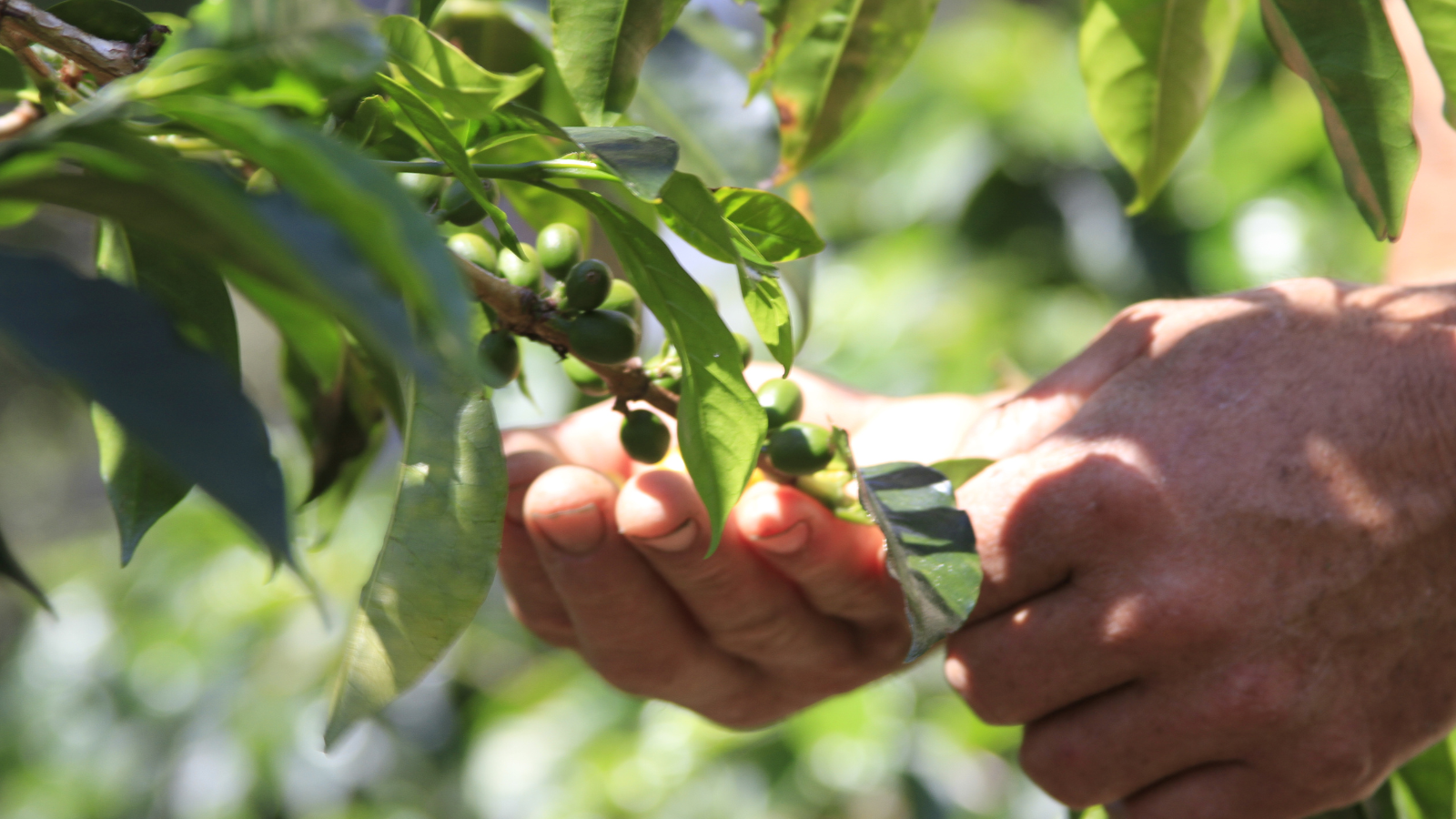
Picking coffee cherries during harvest in El Salvador
Common Coffee Varieties
The most common coffee variety in El Salvador is Bourbon, which accounts for over half of the coffee crops grown. Unfortunately, Bourbon’s high susceptibility to disease proved disastrous when leaf rust spread throughout Central America in the early 2010s.
World Coffee Research has been working closely with officials in El Salvador to revitalize the coffee industry and the revival of the Salvadoran Coffee Institute (ISC) since 2021. With a new national research institute, El Salvador can look forward to innovations and improvements to reverse the industry decline, starting at the beginning with seed quality assurance.
In addition to Bourbon, other common coffee varieties found in El Salvador include:
Pacas, a dwarf variety beloved for its outstanding quality, is a natural mutation of Bourbon that was discovered in 1949 on a farm in Western El Salvador by Fernando Alberto Pacas Figueroa and was subsequently named after him. The varieties’ compact size means increased yield per hectare and reduced the impact of El Salvador’s frequent strong winds. Around 25% of coffee grown in El Salvador is Pacas.
Pacamara is another esteemed cultivar with roots in El Salvador’s now-defunct Instituto Salvadoreño para la Investigacion de Café (ISIC). A hybrid between Pacas and Maragogype, Pacamara often dominates Cup of Excellence competitions for its exceptional cup quality. However, further research is required to stabilize the cultivar for homogeneity.
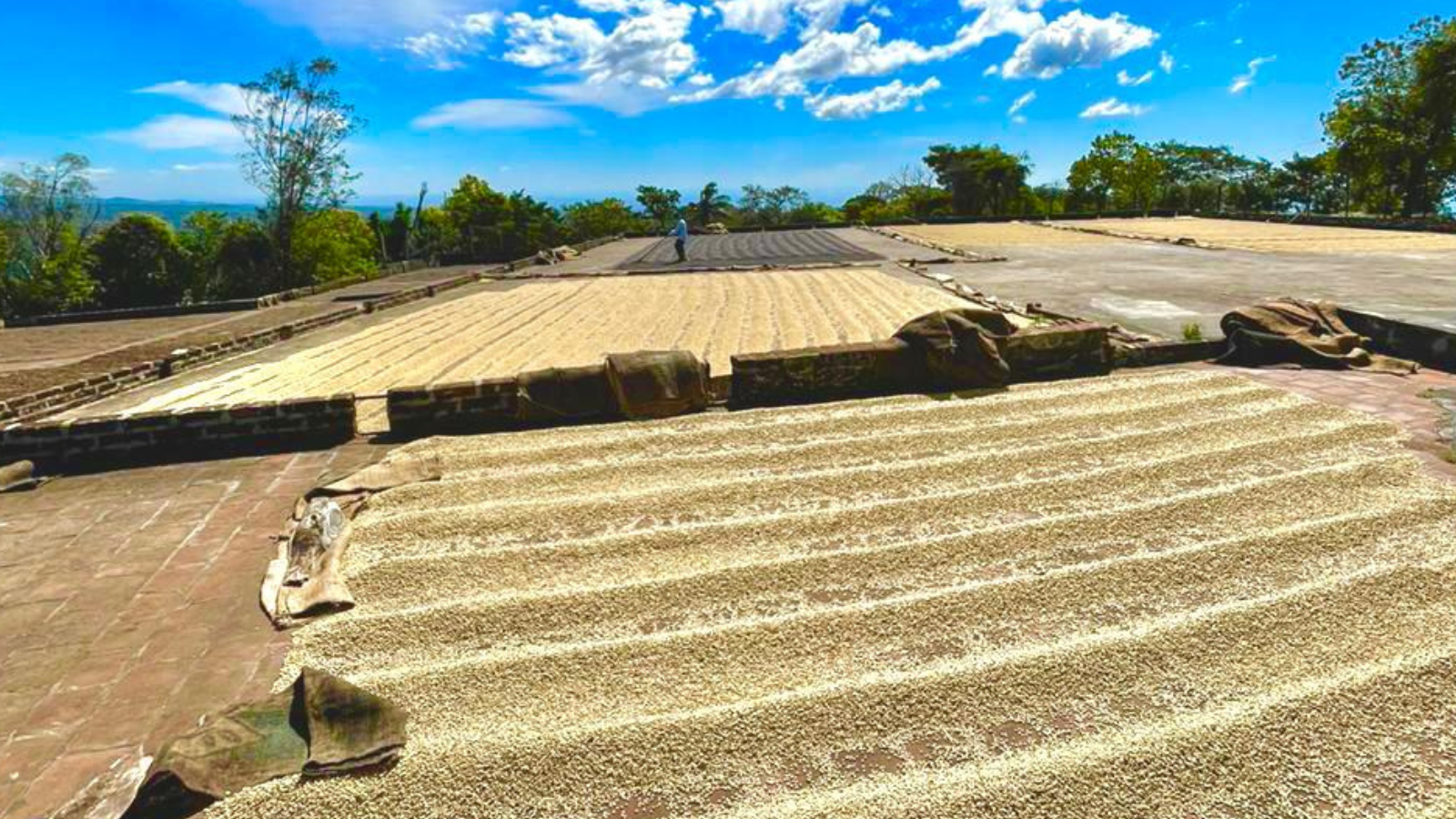
Drying green coffee on patios in El Salvador
Where Are Coffee Beans Grown in El Salvador?
Coffee is grown throughout El Salvador, but seven regions make up the bulk of the country’s production.
The Apaneca-Ilamatepec Mountain Range is home to El Salvador’s famous Santa Ana volcano, where many of the country’s larger, well-known farms are based. In the early 1900s, during the “golden age of coffee,” Santa Ana was the most prosperous city in the country. Altitudes range from 500 to 2,365masl, and regional departments include Santa Ana, Sonsonate, and Ahuachapan.
The Central Belt / El Básalmo-Quezaltepec Mountain Range includes the La Libertad and San Salvador departments and some Sonsonate municipalities. Situated in the center of the country, this region surrounds the San Salvador volcano and spans altitudes from 500 to 1,900masl.
The Tecapa-Chinchontepec Mountain Range ranges from 500 to 2,000masl and is home to the San Miguel volcano. Departments include La Paz, San Vicente, and Cuscatlan, and it is the third largest producing region in El Salvador.
The Cacahuatique Mountain Range to the east is known for having clay-like soil. The region includes the San Miguel and Morazan departments, with altitudes from 500 to 1,663masl.
The Nahuaterique Mountain Range and Northern Morazán department borders Honduras to the north. The region is known as the land of evergreen forests. However, the area has been neglected due border disputes between Honduras and El Salvador.
The Alotepeque-Metapan zone is highly elevated, with altitudes from 1,000 to 2,000masl. This northernmost region is renowned for very high-quality coffee and includes parts of the Santa Ana and Chalatenango departments.
The Chinchontepec, or San Vicente, Volcano is one of El Salvador’s newest coffee-producing regions and reaches heights of 2,130masl. The mountain range spans the La Paz, San Vicente, and Cuscatlan departments, and a majority of coffee here is of the Bourbon and Pacas varieties.
Cooperatives and local growers’ associations play a crucial role in helping farmers in remote and mountainous locations access resources to improve production on their small farms.
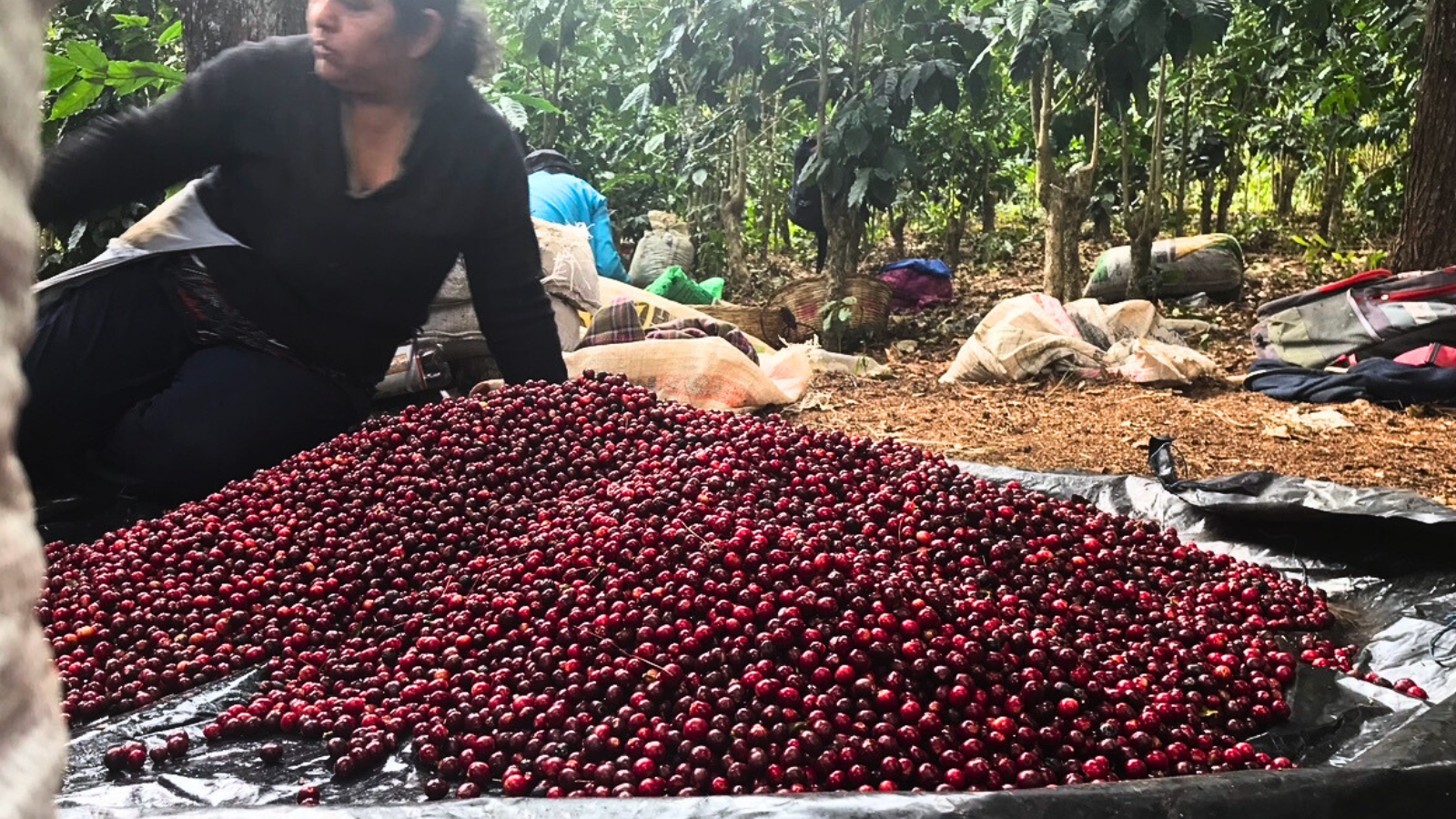
Coffee harvest in El Salvador
Green Coffee Bean Quality
Like other Central American origins such as Costa Rica or Guatemala, El Salvador also grades green coffee according to the altitudes in which the coffee was grown. A coffee is designated as Strictly High Grown (SHG) if it is grown at an altitude of 1200 masl or higher. When coffee cherries grow at high altitudes, they tend to mature more slowly resulting in denser, sweeter green coffee beans. Due to the longer maturation, harvesting and production of SHG coffees generally occurs later in the season.
Coffee that grows between 900 to 1,200masl is classified as High Grown (HG), while anything below that is Central Standard.
What does coffee from El Salvador taste like?
While much of the green coffee from El Salvador features a soft and mellow flavor profile, certain regions like Santa Ana are known to flood the senses with lush richness, filled with smooth flavors of chocolate and spices.
Microlots from El Salvador of the Pacamara cultivar definitely take their place at the top end of the flavor spectrum. Pacamara coffee from El Salvador boasts intense floral and fruity aromas and flavors, with full-bodied textures and bright acidity coupled with a chocolatey sweetness.
El Salvador’s unroasted coffee plays an important balancing role in creating blends because of its association with mellow flavor intensity. At the same time, innovative farming and processing methods can also produce colorful and complex flavors that are lively on their own.
Find out more about our unroasted coffee from El Salvador at Genuine Origin’s El Salvador portfolio on our website: https://www.genuineorigin.com/el-salvador

